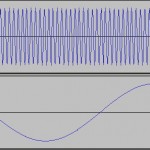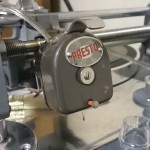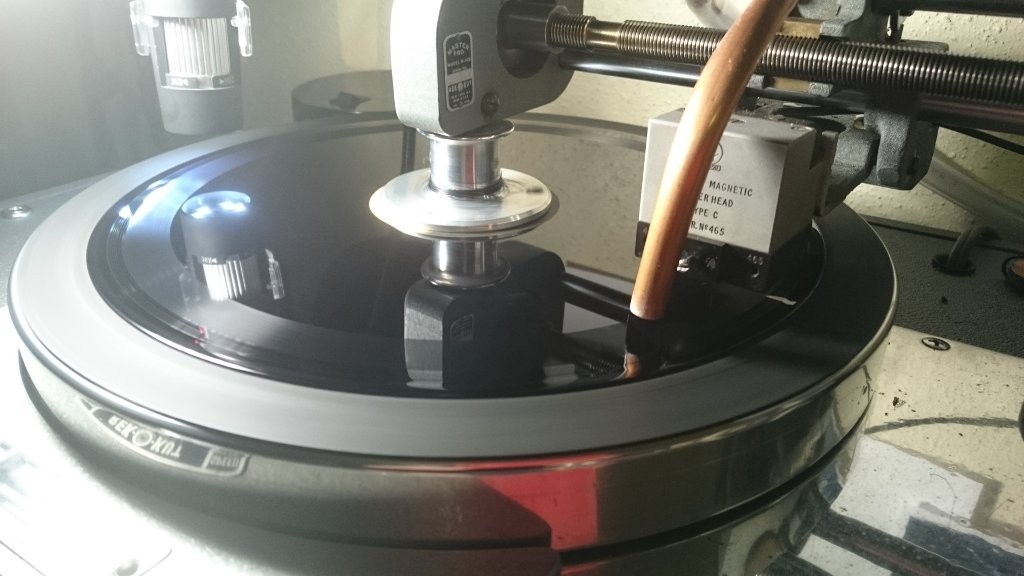In light of the surging demands for vinyl records, we want to tell you a little bit about how records are actually created.
Vinyl records contain the analog curve of sound pressed or cut into the carrier material. In order to create a record, several steps are involved that all need technical skill, training and a little bit of artistry.
Let’s start with an audio, in this example from a CD. The sound on a CD is digital PCM data with a resolution of 16 Bit and a sample rate of 44.1 Khz. Because digital only describes the actual audio data, it has to converted into the actual curves of the audio signal. This is done in the unit by passing the digital data to a Digital-To-Analog (DAC) device. The analog audio signal is amplified so that it is audible with head phones or speakers.
Now that we have the analog audio, we need to get it on a record. Before we can do this, we may have to master the audio.
Here’s why:
To engrave or cut the sound into a record, the sound is “played” on a cutter head. This unit is like a loudspeaker with a needle (stylus) attached. It converts the electrical energy of an amplified sound signal into mechanical vibration of the stylus. Like with loudspeakers, there are different kind of cutter heads that perform differently. Some cutter heads have a weakness in special areas of the frequency spectrum, others have unwanted self induced (“resonance”) vibrations that need to be limited.
In addition, the “dynamics” – the differences between very quiet and very loud parts of a song are limited. While modern technologies allows for a wide range of frequencies and dynamics, there’s a limitation on what the cutter head – but also the pickup of a record player – can handle.
There are a number of other problems that need to be addressed. The curves of low frequency sounds are wider than those of high frequency sounds. Accordingly the spacing of the tracks (“grooves”) is different. Modern equipment is able to adjust the difference between grooves in real time, while older systems are “fixed pitch” – meaning that the space between grooves is at a fixed setting and the audio has to be made to “fit”.
While some master engineers use software to make the necessary changes, others keep it analog and use real-time limiters, de-essers, equalizers and other equipment.
It’s the job of the audio engineer to assure that the specifications of the analog audio matches the cutting equipment as good and close as possible – while staying faithful to the original. It takes a lot of experience to get it right.
If the engineer has taken care of the mentioned (and a few other) issues, he or she uses a lathe and a cutter head to cut the sound into a record. The blanks (empty records) can be lacquers (a thin layer of specially formulated nitrocellulose lacquer on aluminum cores), PVC or Poly carbonate. The tips of the styli are usually made out of sapphire or even diamond.
The cutting head cuts the groove into the spinning blank while it is slowly moved to the inside by a lead screw. The copper pipe in the image sucks the swarf (the shavings from the cutting process) away, because they are highly flammable. The microscope (top left) is used to control the quality of the cut.
Once the record has been cut, it can be played right away or used as the master for replication (Part 2 of the story).



looking for a history of cutting heads, from Westrex, Scully, Nuemann, Blumlein, ffrr. Any help?
Bill – hook up with the folks at lathetrolls.com – if anybody can help, they can.
Michaela